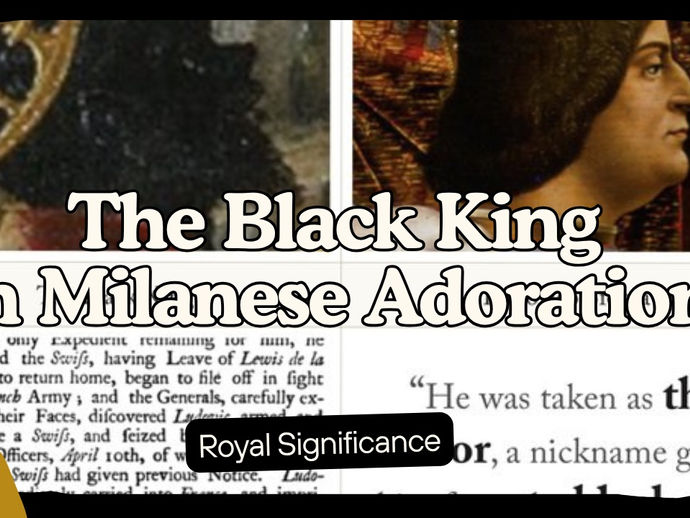Divre Hayamim Yahudah
Dec 11 min read
Black Boule
The Boule, which means “council of noblemen” and is the first Greek-letter fraternity for black men, was formed by two academic doctors, a dentist and a physician for professional, social and cultural enrichment and engagement. In 1904, the first African -American Greek Secret Society was formed in Philadelphia, by Dr. Henry Minton and five of his colleagues. The Boule, (an acronym for Sigma Pi Phi) and pronounced “boo-lay”), was formed to bring together a select group of edu











